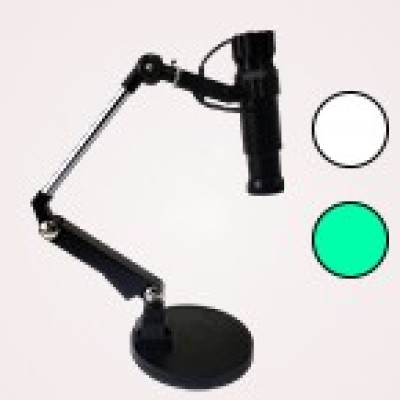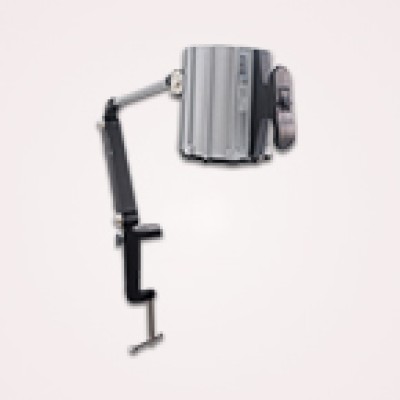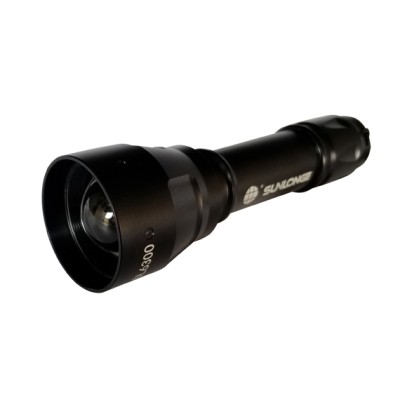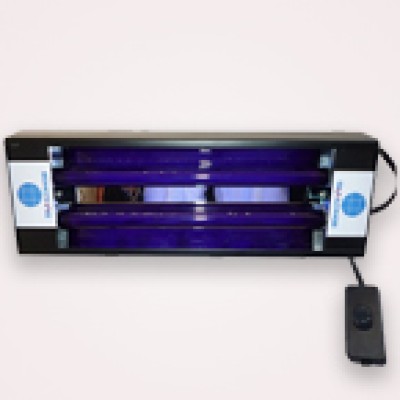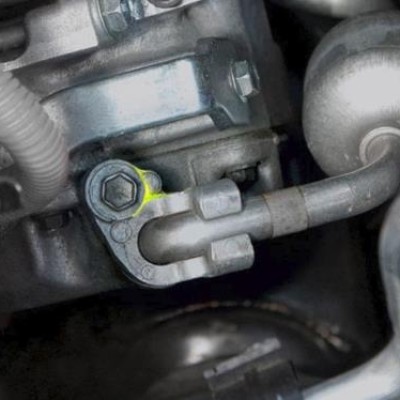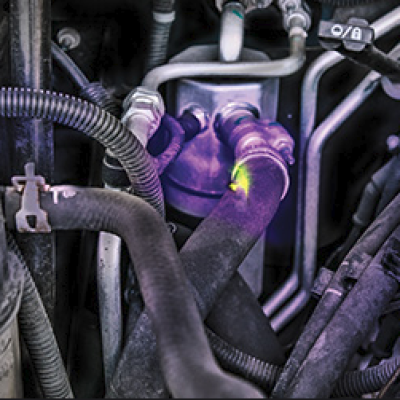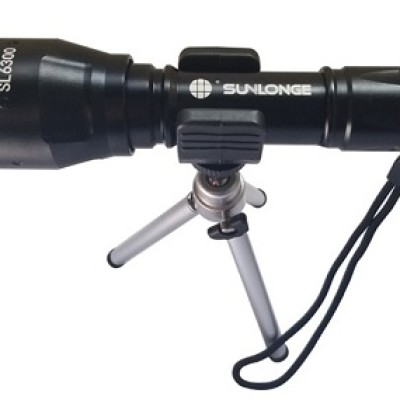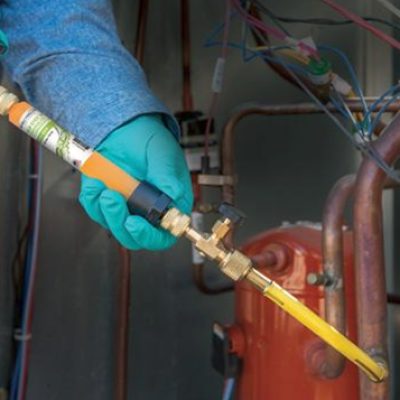Introduction

Given the limitations of human eyes, humans have developed various tools to observe the world. One of the most remarkable instances is the fluorescence flashlight, especially when viewing things that are commonly invisible, for example, scratches and flaws. In view of the plentiful advantages and applications, the market size of fluorescence flashlights was valued at USD 444.07 million in 2022 and was projected to grow at an annual rate of 5.3% from 2022 to 2028, reaching USD 605.45 million by 2028. The surging income highlights the bright future of fluorescence flashlights and creates an opportunity for technicians to dig deeper with this fabulous tool of illumination.
What are Fluorescence Flashlights?
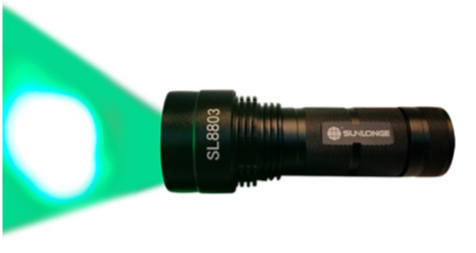
In general, UV light, a type of light energy that is invisible to human eyes, is employed in fluorescence flashlights. Upon hitting certain objects, including paints, dyes, minerals, and body fluids, UV light fluoresces, in other words, allowing human eyes to view the glow. With this feature, fluorescence flashlights can be applied in diverse fields, particularly when portability and ease of use matter. Several common applications contain forensics and counterfeit verification, mineral and gemstone observation, criminal investigation, and biological research.
How to Choose the Right Fluorescence Flashlight?
Under constant development, numerous models of fluorescence flashlights appear with distinct characteristics. To optimize the effectiveness of fluorescence flashlights, technicians should consider the following aspects when choosing the most suitable one:
- Wavelength – UV light represents a broad range of UV wavelengths across the UV spectrum, measured in nanometers (nm). Wavelengths determine the power of fluorescence effects. In particular, the closer to the ideal wavelength, 360nm, the stronger the fluorescence effects are. More importantly, certain wavelengths are unable to create sufficient fluorescence effects. Accordingly, if the wavelength is not specified by the seller and manufacturer, there is a possibility that they employ a violet or purple LED instead of a verified UV light source.
- Power – In addition to a suitable wavelength, the amount of power emitted is critical in measuring the fluorescence effect. Unlike an ordinary flashlight, humans are incapable of accounting for its effectiveness by viewing it. Correspondingly, technicians should always rely on two aspects, specifically power consumption and LED efficiency. Power consumption, measured in watts, represents the power an LED emits. On the other hand, LED efficiency defines the ratio of electrical energy to UV light energy. For instance, low LED efficiency typically refers to a flashlight installing low-cost or over-driven LED chips.
- Way of Powering – The majority of fluorescence flashlights are powered via disposable AA or AAA batteries, which are the most cost-saving and feasible approach for occasional use. However, a lengthy application is expected for numerous applications. Hence, a fluorescence flashlight equipped with a rechargeable battery may be a better option in this case. One of the most common choices is the 18650, a rechargeable lithium-ion battery reaching over 2500 mAh, equivalent to three to four disposable AA batteries. Not only can it support continuous operation, but it is also much more cost-efficient in the long term.
Recommendation of Fluorescence Flashlights
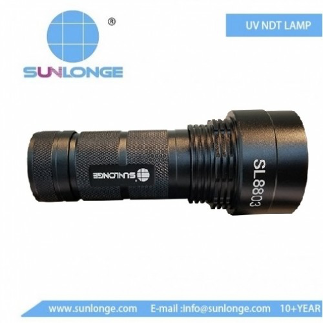
Considering the above three factors, the SL8803 series of portable excitation LED light sources from Sunlonge Limited employs the benefits of fluorescence flashlights and provides a solution to various applications. It consists of three powerful imported LEDs, carrying a peak wavelength of 455 nm and irradiating an area of 15 cm2. The average LED life reaches 30,000 hours. Powered by a polymer battery pack, it can be recharged by universal chargers. With a UV intensity of over 90% and a weight of 400 grams, the SL8803 series can be widely applied in GFP and DsRed detection, including gene plants, genetic animals, genetic microorganisms, and gene-specific expression.
Conclusion
A fluorescence flashlight offers humans a glimpse into an unseen and hidden world. It opens the gate for humans to explore nature and study science. To maximise the ideal fluorescence effects, multiple factors should be considered before deciding on the perfect fluorescence flashlight, containing wavelength, power, and way of powering. Installing countless benefits, fluorescence flashlights serve plentiful purposes, ranging from entertainment to security to detection. It revolutionizes the means of illumination, therefore lighting up the world of development.
 CN
CN

